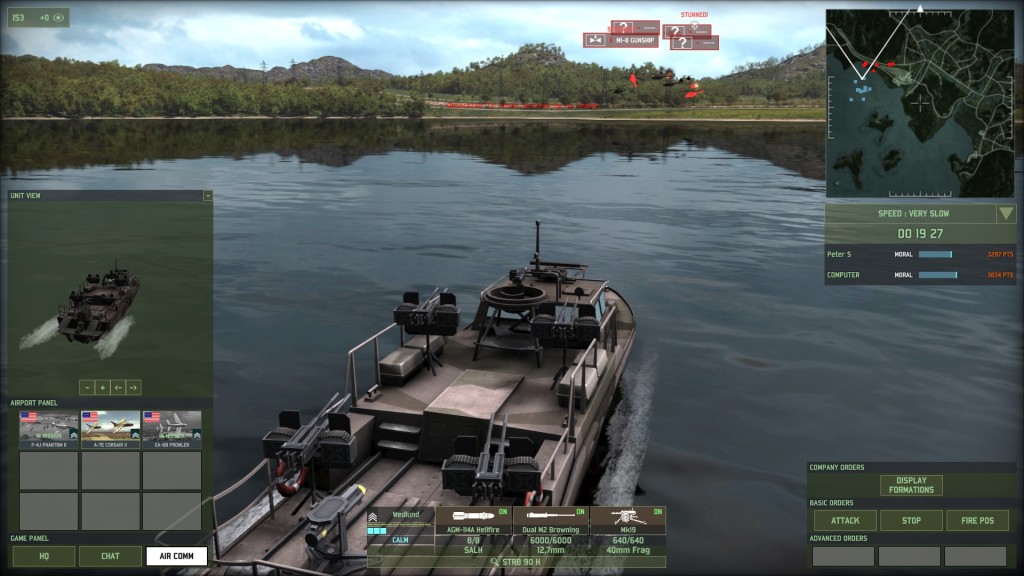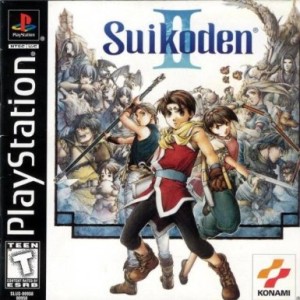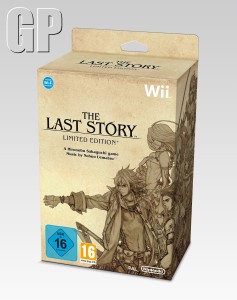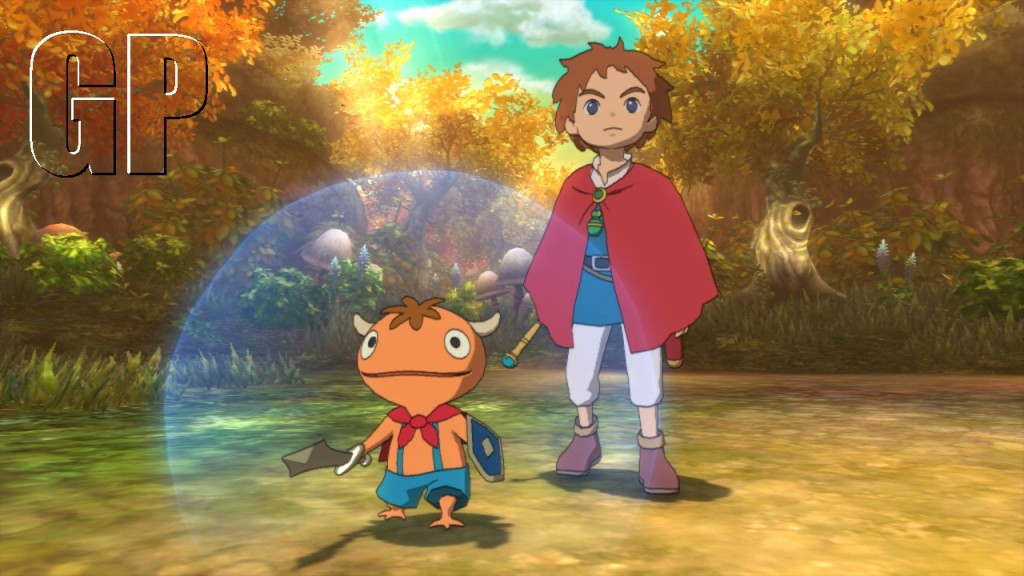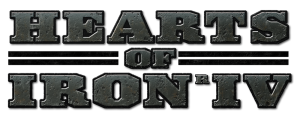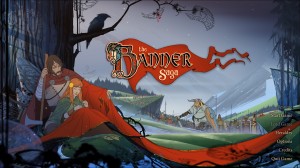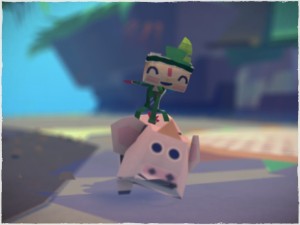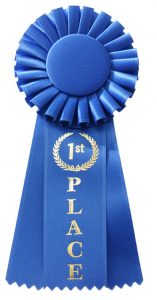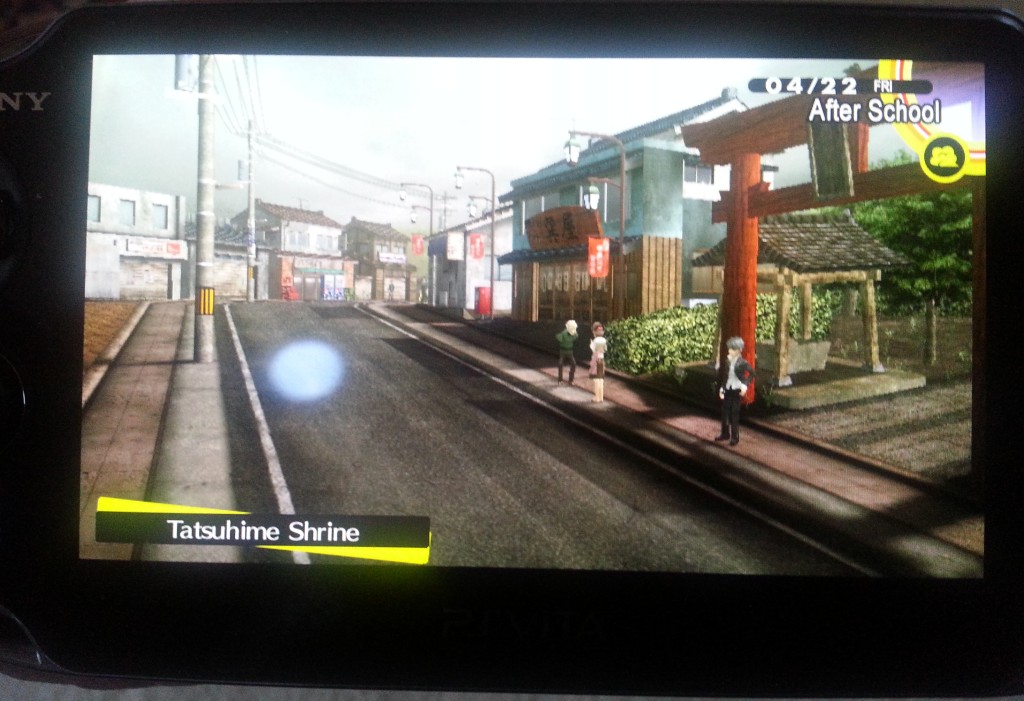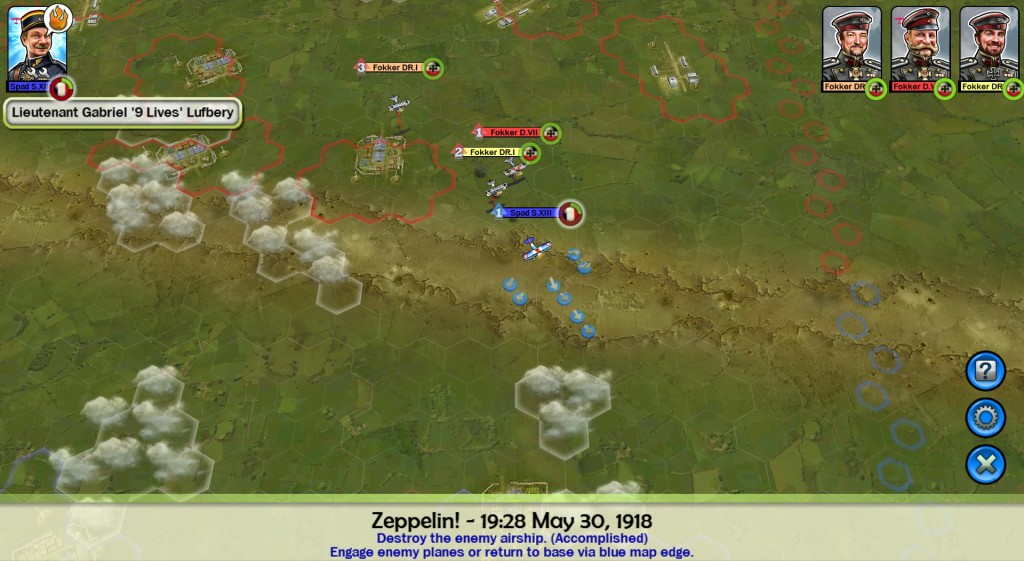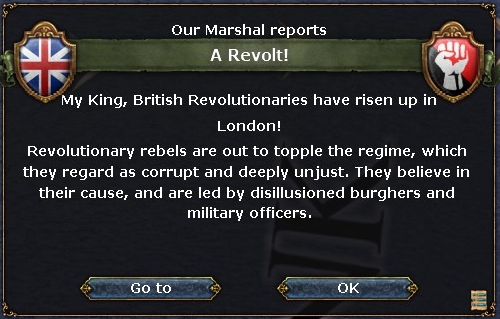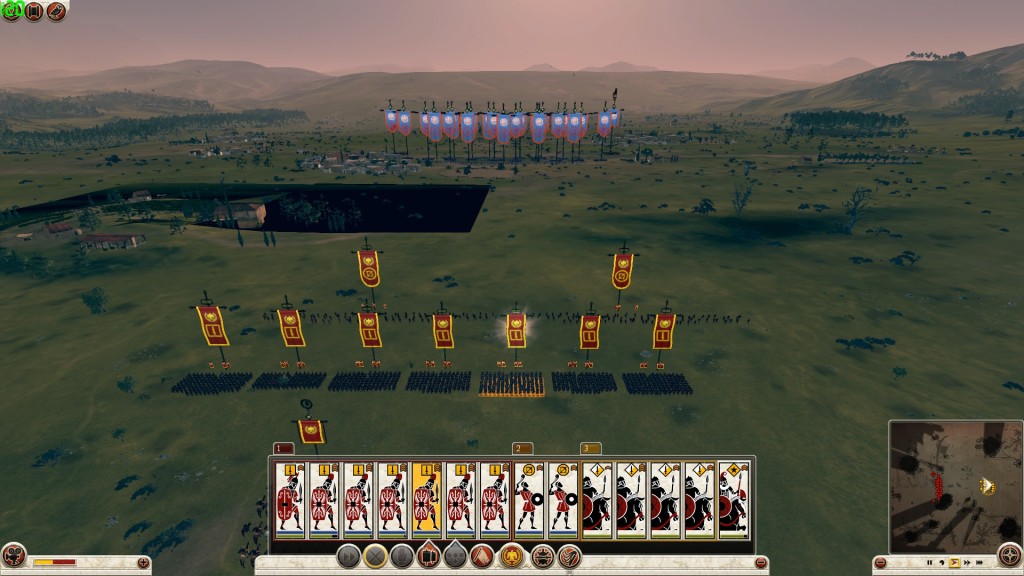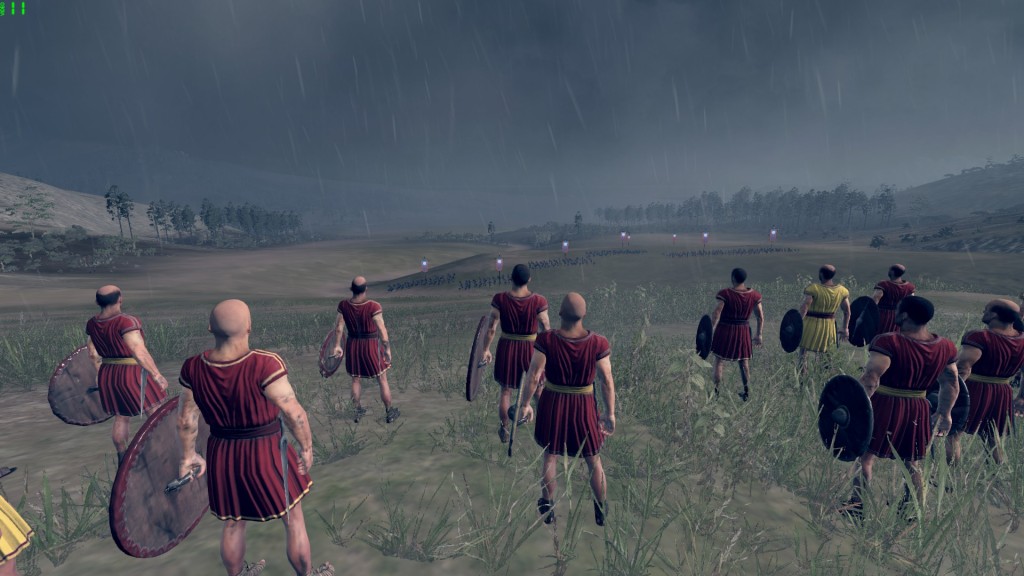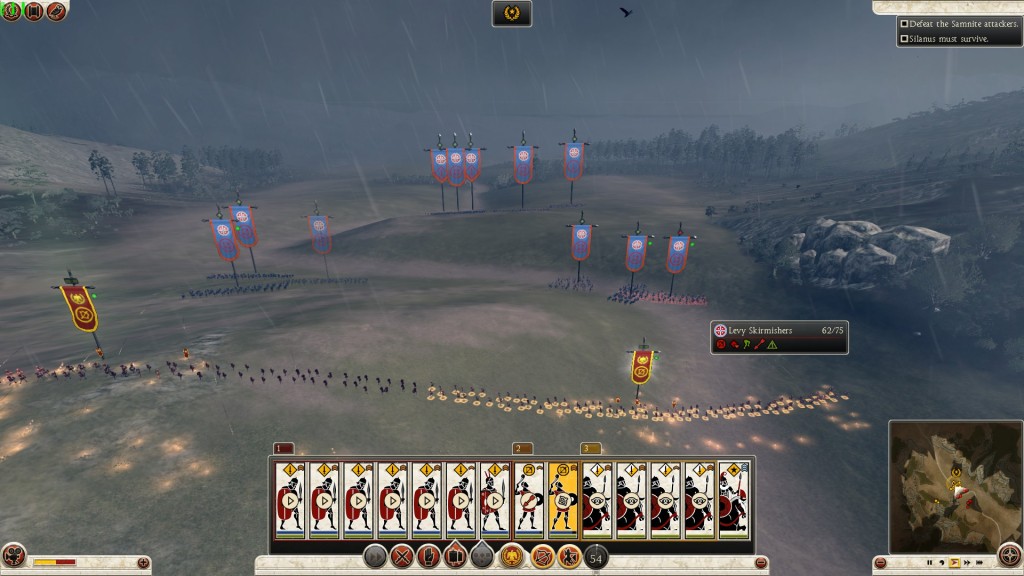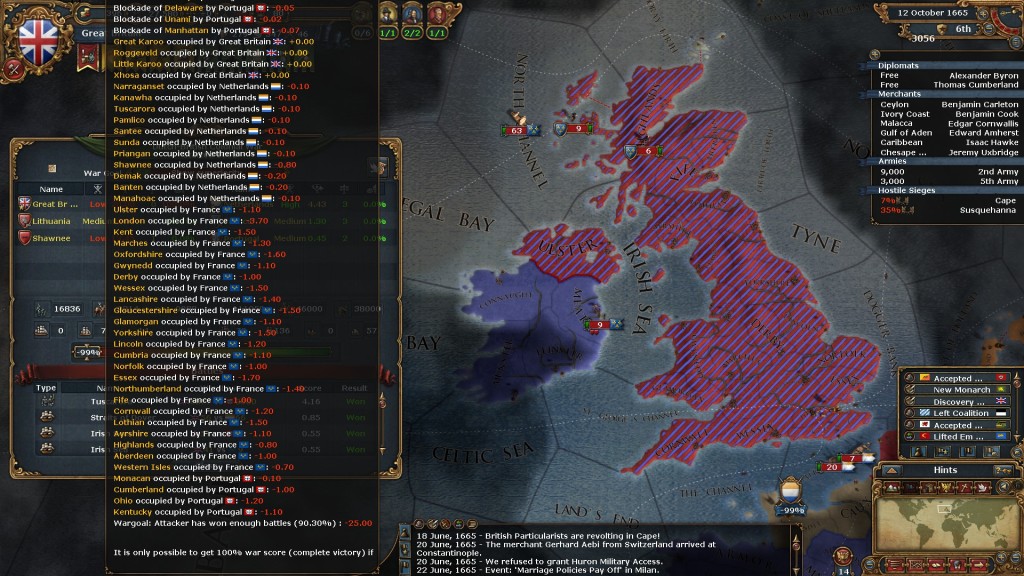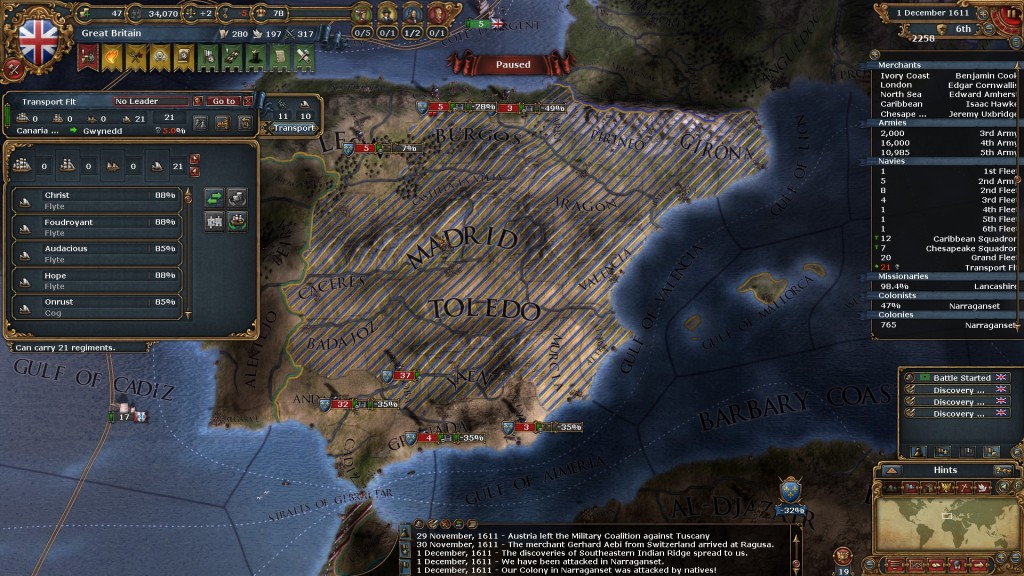The US Marines came ashore to find their enemy in disarray.
Before the first marine set foot on land, their escorting frigate swept the skies clear. Naval gunfire and wave after wave of Marine helicopters established a safe zone around the shore. Now, as the helicopters darted inland to cut off enemy reinforcements, the first Marine tanks lumbered off the beach, while their officers set up a command post behind them.
Everything was going to plan – better than planned. There was just one question: what were Swedish Navy gunboats doing in the Marine task force?
Welcome to Wargame: Red Dragon, the follow-up to my favourite game of last year, Wargame: AirLand Battle. Whereas AirLand Battle represented a huge upgrade from the first game in the series, European Escalation, Red Dragon is much more incremental, arguably closer to a stand-alone expansion than a whole new game. It offers plenty of new toys for the toy box, as well as some quality of life improvements (more details below), but the core mechanics are little changed from AirLand Battle.
As such, most of what I said about AirLand Battle still applies – this is a “beer and pretzels” Cold War military tactics game, comparable to a real-time Panzer General in the way it bridges the gap between traditional RTS (such as Company of Heroes) and dedicated simulations. Visually, it’s more spectacular than ever – see my above screenshot. Mechanically, it’s still the best RTS on the market, albeit weighed down by a steep learning curve and poor documentation (1). At this stage, AirLand Battle is more polished, and if you already own ALB, you can safely wait for a sale unless you are a series devotee like me. But taken in its own right, Red Dragon is a fantastic game that’s already given me many hours of enjoyment, whether in skirmish mode, the campaign, multiplayer (co-op or PVP), or simply theory-crafting in the armoury.
(1) The developers try their best, and they have made advances from game to game, but after three Wargame titles I feel safe saying this is not one of their strengths.
For series veterans, I elaborate below on what’s new:
